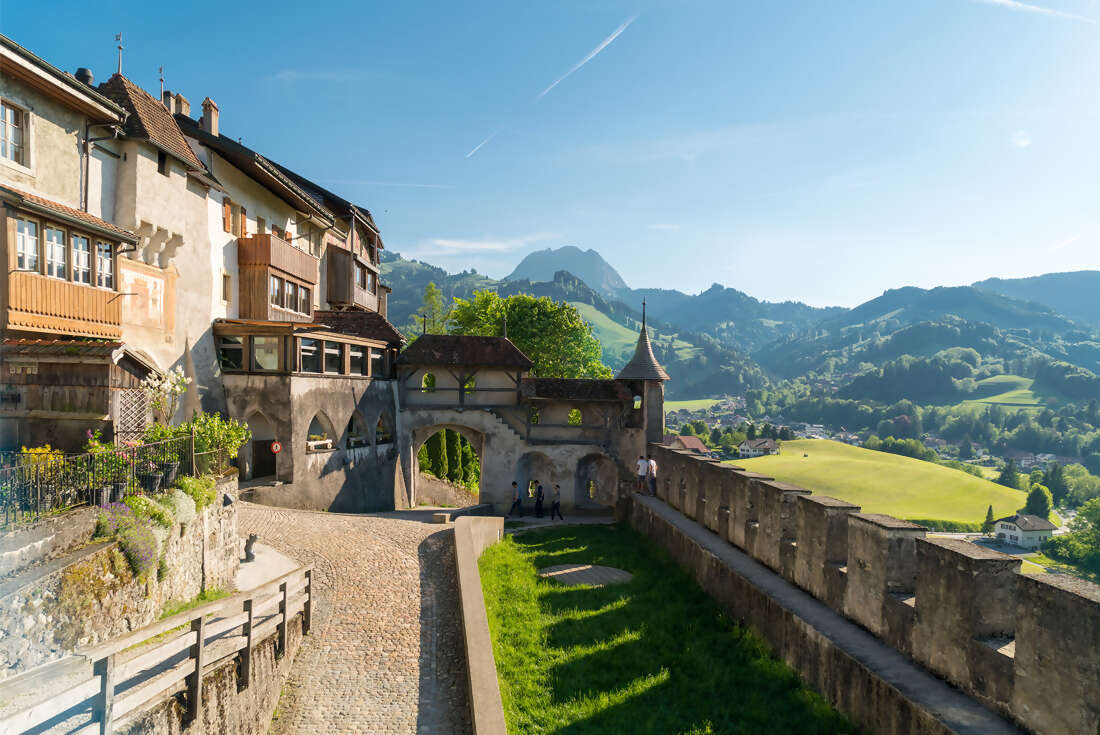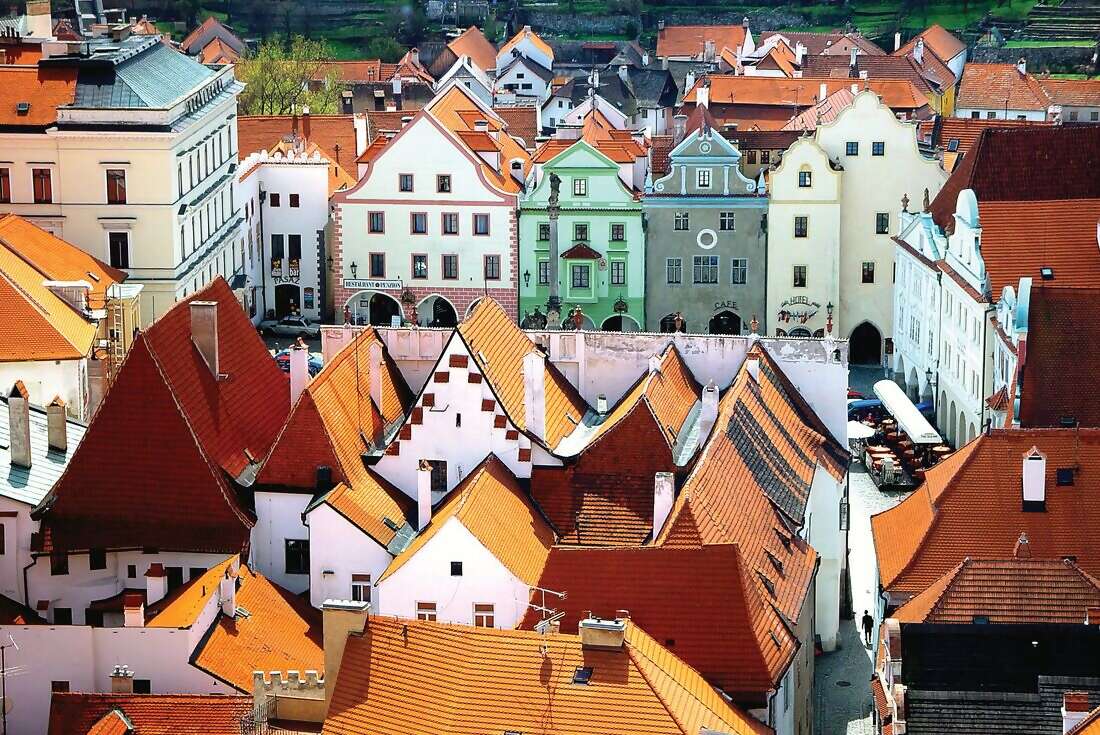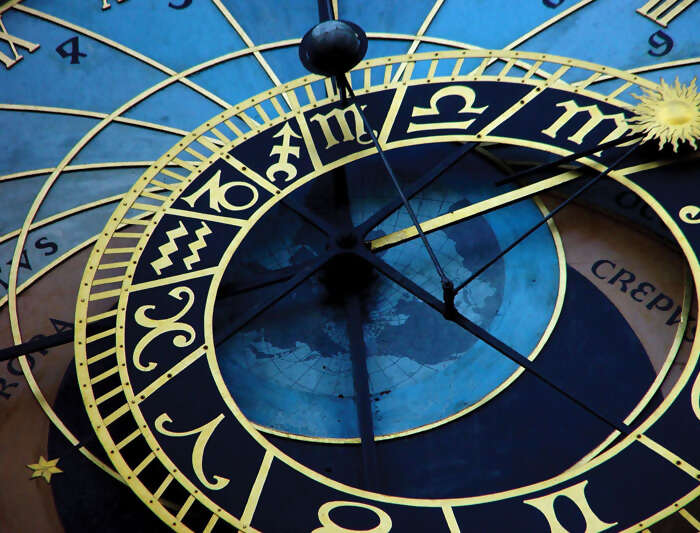 Embark on a tour of Europe as you travel from Berlin to Rome visiting Germany, Poland, the Czech Republic, Austria, Hungary, Slovenia and Italy. Discover some of the highlights of Europe from the remains of the Berlin Wall to the Trevi Fountain in Rome. Unearth the secrets of Germany and Poland, live it up in the Czech Republic, eat cake in Austria, head outdoors in Hungary, see dramatic scenery in Slovenia and discover a wealth of antiquities in Italy. From the backstreets of Prague to the canals of Venice and beyond, this journey will be one to remember.
Embark on a tour of Europe as you travel from Berlin to Rome visiting Germany, Poland, the Czech Republic, Austria, Hungary, Slovenia and Italy. Discover some of the highlights of Europe from the remains of the Berlin Wall to the Trevi Fountain in Rome. Unearth the secrets of Germany and Poland, live it up in the Czech Republic, eat cake in Austria, head outdoors in Hungary, see dramatic scenery in Slovenia and discover a wealth of antiquities in Italy. From the backstreets of Prague to the canals of Venice and beyond, this journey will be one to remember.Highlights
Now one of the world's most artistic and exciting cities, Berlin has a complex history. See remaining fragments of the famous wall that once divided the city in half
Soak up the royal history of Krakow's Wawel Castle and step back in time with a stroll through its medieval main square
Immerse yourself in the history, architecture and bohemian vibes of the Czech Republic. Soak up the smooth sounds of jazz at a low-lit bar in Prague before stepping right into a fairytale in the World Heritage-listed town of Cesky Krumlov
So much of what is great about Europe can be found in Vienna. Revel in the city's rich offerings of art, history and music and stroll along the eclectic Ringstrasse
Enjoy a scenic walk along the banks of the River Danube in Budapest. Threaded with bridges and hemmed in by castles and historic city buildings, Europe’s second longest river is also one of its most beautiful
Escape city life on the peaceful shores of Lake Bled in Slovenia. Visit a church on the tiny island in the centre of the lake and treat yourself to a slice of Bled's famous cream cake
The floating city of Venice is one place you’ll be happy to get lost in. The city's maze of alleyways, canals and lagoon islands lead to over 130 churches, all with their own distinct character
Feast on mouth-watering seafood along Italy's coast, drink fine wine in Tuscany and indulge in the endless pasta dishes on offer in Rome
Walk along Cinque Terre's rocky coastal pathways, calling into the sleepy pastel villages of Manarola, Riomaggiore and Vernazza
Wander around Rome's famous landmarks including the Colosseum, Vatican City, Sistine Chapel, St Peter's Basilica and much more. This is a city where you'll be able to tick a lot off your bucket list







- You will visit the following places:
-

Berlin
-

Krakow
Krakow, a city in southern Poland, is known for its well-preserved medieval core and Jewish quarter. It is the second largest and one of the oldest cities in Poland. It has traditionally been one of the leading centres of Polish academic, cultural, and artistic life and is one of Poland's most important economic hubs. The city has grown from a Stone Age settlement to Poland's second most important city. It began as a hamlet on Wawel Hill and was already being reported as a busy trading centre of Slavonic Europe in 965. With the establishment of new universities and cultural venues at the emergence of the Second Polish Republic in 1918 and throughout the 20th century, Kraków reaffirmed its role as a major national academic and artistic centre.
-

Prague
Prague, is situated on the Vltava River in central Bohemia. It is the capital and largest city of the Czech Republic. The city proper is home to about 1.3 million people, while its metropolitan area is estimated to have a population of over 2.3 million. It has been a political, cultural and economic center of Europe and particularly central Europe for the over 1,100 years of its existence. For centuries, during the Gothic and Renaissance eras, Prague was the permanent seat of two Holy Roman Emperors and thus was also the capital of the Holy Roman Empire. The city played roles in the Protestant Reformation, the Thirty Years' War, and in 20th-century history, both during the two World Wars and during the post-war Communist era.
-

Český Krumlov
Český Krumlov, translated sometimes to Czech Crumlaw, is a small city in the South Bohemian Region of the Czech Republic where Český Krumlov Castle is located. Old Český Krumlov is a UNESCO World Heritage Site[ and was given this status along with the historic Prague castle district. It is an outstanding example of a small central European medieval town whose architectural heritage has remained intact thanks to its peaceful evolution over more than five centuries. The town is also very popular among tourists, who outnumber the local population in the summer.
-

Vienna
-

Budapest
Budapest is the capital of Hungary. As the largest city of Hungary, it serves as the country's principal political, cultural, commercial, industrial, and transportation centre. In 2010, Budapest had 1,721,556 inhabitants, down from its 1980 peak of 2.06 million. The Budapest Commuter Area is home to 3,271,110 people. The city covers an area of 525 square kilometres (202.7 sq mi) within the city limits. Budapest became a single city occupying both banks of the river Danube with a unification on 17 November 1873 of right (west)-bank Buda and Óbuda with left (east)-bank Pest. Budapest is one of Europe's most delightful and enjoyable cities. Due to its scenic setting and its architecture it is nicknamed "Paris of the East".
-

Venice
Venice is a city in northeastern Italy sited on a group of 118 small islands separated by canals and linked by bridges. The city is renowned for the beauty of its setting, its architecture, and its artwork. The city in its entirety is listed as a World Heritage Site, along with its lagoon. Venice has been known as the La Dominante, Serenissima, Queen of the Adriatic, City of Water, City of Masks, City of Bridges, The Floating City, and City of Canals. It has also been described as being one of Europe's most romantic cities. It is truly an amazing, stunning and interesting city for the adventurous to explore!
-

La Spezia
-

Florence
Florence is the capital city of the Italian region of Tuscany and of the province of Florence. It is the most populous city in Tuscany, with 367,569 inhabitants (1,500,000 in the metropolitan area). The city lies on the River Arno and is known for its history and its importance in the Middle Ages and in the Renaissance, especially for its art and architecture. A centre of medieval European trade and finance and one of the wealthiest cities of the time, Florence is considered the birthplace of the Renaissance; it has been called the Athens of the Middle Ages. Florence is often known as the ''Jewel of the Renaissance''.
-

Rome
Rome is the capital of Italy and the country's largest and most populated city and comune, with over 2.7 million residents in 1,285.3 km2 (496.3 sq mi). Rome's metropolitan area is the second largest in Italy Milan, with some 3.7 million residents. The city is located in the central-western portion of the Italian Peninsula, on the Tiber River within the Lazio region of Italy. The historic centre of the city is a UNESCO World Heritage Site. With wonderful palaces, millennium-old churches, grand romantic ruins, opulent monuments, ornate statues and graceful fountains, Rome has an immensely rich historical heritage and cosmopolitan atmosphere, making it one of Europe's and the world's most visited, famous, influential and beautiful capitals.